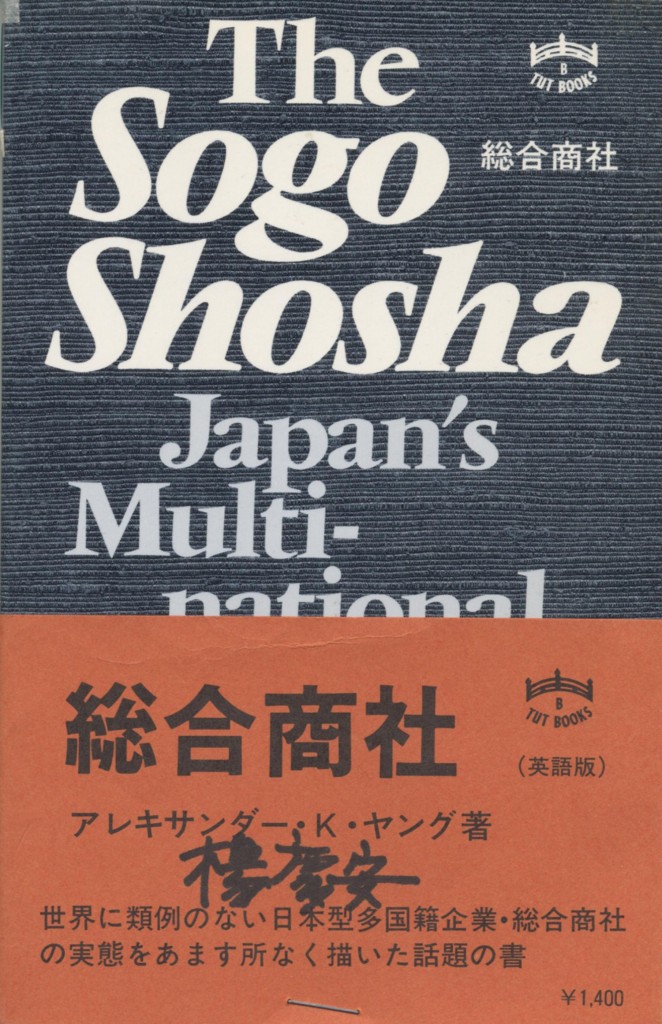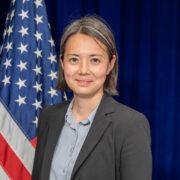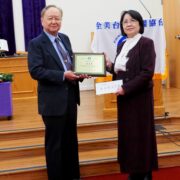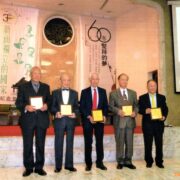The Sogo Shosha – Japan’s Multinational Trading Companies
—Alexander K. Young
Preface
Former U.S. Secretary of Commerce Peter Peterson was correct when he referred to Japan’s large general* trading companies as “probably the world’s most efficient marketing channel.” These general trading companies, known as the sogo shosha, have played a key role in Japan’s extraordinary economic growth since World War II and in its subsequent outstanding success as an international trader.* As an indication of their scope, the ten largest sogo shosha had gross sales of $155 billion in the Japanese fiscal year that ended March 1976. This was 31 percent of Japan’s gross national product. They handled about 56 percent of Japan’s imports and exports and almost 20 percent of the total domestic wholesale trade in Japan. The export and overseas transactions of the sogo shosha in the same year amounted to slightly over 5 percent of total world export trade.
Despite their obvious significance in the Japanese economic system and in world commerce, there is no other book-length objective study of the sogo shosha in English. The many studies in Japanese of the sogo shosha are inaccessible to the English reader. Some also tend to be either ideologically based attacks or uninformative public relations defenses.
Perhaps the sheer size and complexity of the sogo shosha has prevented their adequate description and analysis. On the one hand, they are integral parts of Japanese society and culture, with historical roots extending as far back as the early 1870s, when their mission was to assist Japan—recently opened to the Western world—to industrialize and become politically independent. Their roles in the Japanese economy, always central, evolved and expanded during the first half of the twentieth century. During the period of economic recovery following World War II, the sogo shosha emerged as Japan’s primary importers of food and raw materials, the advance guard of its export drive, modernizers of the incredibly complex Japanese domestic distribution system, and organizers-investors of huge natural resource development projects abroad.
On the other hand, the Sogo shosha have always been externally oriented一they are, after all, trading companies. They have long had global networks for sales and communication. Responding to the challenges of the 1970s, they have chosen to become international enterprises, globally active in the trading of commodities, capital, technology, managerial skills, and labor. Today, the Sogo shosha seem to be moving away from being solely an integral part of “Japan, Inc•,’一that interlocking network of government, manufacturers, finance, and trade—and are becoming part of a more inclusive network of international trade and finance.
Individually and collectively, the Sogo shosha are complex and evolving parts of on^ of the world’s most productive economic systems. The goal of this book is to present the reader with an accurate description of what the general trading companies are, how they developed, and what the future is likely to hold for them.
The author has no ideological axe to grind for or against the Sogo shosha. If this book has a thesis, it is simply that the Japanese general trading companies warrant the close attention of businessmen, economists, government officials, and the educated public outside Japan. As the second largest economy in the free world and as a vital and creative democratic society, Japan is indisputably one of the most influential participants in the international community of nations. For too long have too many of its primary institutions remained shrouded from international attention. The Japanese sogo shosha are among the most significant phenomena of contemporary world commerce. The present volume aspires to describe them accurately and to place them in their appropriate contexts of Japanese society and international business.
The sogo shosha are already in many ways global traders and investors. In many other ways, they remain uniquely Japanese. However, as their global orientation develops and extends, it seems likely that they will fully enter into the international economic system. In a day when terms such as “global reach” and “multinational corporation” are widely bandied about, it would seem the better part of wisdom to understand the origins, roles, and prospects of Japan’s giant overseas trading companies.
This book has three principal parts. Part 1 examines the sogo shosha s core business (Chapter 1), describes the origins and defining characteristics of the big ten sogo shosha (Chapter 2), and explores the extended network of services and resources they provide for conducting business (Chapter 3). Part 2 describes the growth trends and business strategies of the general trading companies from 1960 to 1973 (Chapter 4), elaborates on their roles in the post-World War II Japanese economy (Chapter 5), and looks in detail at their overseas natural resource development projects (Chapter 6). Part 3 examines the strategic changes the sogo shosha have made since 1973 with their new emphasis on management efficiency and global reach (Chapter 7) and portrays their present role and likely future place in world commerce (Chapter 8).
The book focuses on the period between the mid-1960s and fall 1977. One of the ten firms, A taka 8c Co., merged with another general trading company, C. Itoh & Co., in October 1977. Inasmuch as the manuscript was practically completed in the fall of 1977 and many of the tables were compiled on the ten-firm basis, statistics have not been revised to reflect the new situation. This has not, ho知ever, affected the descriptive analysis or views of the book.
The dollar-Yen exchange rates used in this study are as follows: 1:360 prior to December 1971; 1:308 between December 1971 and September 1972; 1:265 between October 1972 and February 1974; and 1:300 between March 1974 and December 1976. Strictly speaking, only the Yen figures form a relatively, though not absolutely, accurate basis for evaluating the transactions, assets, and profits of the general trading companies because of the two Yen revaluations after 1971 and the continuing float of major world currencies since the spring of 1973. For this reason the Yen figures in many tables have not been converted into U.S. dollars. * * *
I would like to thank the Japan Society, Inc., of New York for sponsoring the publication of this book. In particular, I would like to thank the society’s Executive Director David McEachron, Deputy Executive Director Robert Ruenitz, and Education and Communications Director Peter Grilli for their deep interest, encouragement, and support. I would also like to thank Rodney Armstrong, the Japan Society’s former executive director, now of Armstrong, Byrd and Associates, for being among the first to believe in the importance of the subject.
The book could not have been written without the keen personal interest and support of Tatsuzo Mizukami (president of the Japan Foreign Trade Council, Inc.), Chujiro Fujino (chairman of the Mitsubishi Corporation), and Hisashi Tsuda (honorary chairman and director of Sumitomo Shoji Kaisha, Ltd.). Naoji Harada, Zenji Kyomoto, and Yoshishige Murakami (respectively senior managing director, managing director, and information director of the Japan Foreign Trade Council, Inc.) were most helpful in arranging interviews and in providing other forms of assistance. Eiichi Hashimoto (chairman of Mitsui & Co., Ltd.), Masaoki Kojima (managing director of the Marubeni Corporation), Gyota Machida (chairman of Kanematsu Gosho, Ltd.), Toshio Takeuchi (president of Toyomenka Kaisha, Ltd.), Seiki Tozaki (president of C. Itoh & Co., Ltd.), Hisao Tsuchihashi (managing director of Nichimen Company, Limited), and Mitsuo Ueda (president of Nissho-Iwai Co., Ltd.), too, extended courtesy and much appreciated cooperation. I hope that they and the numerous other officials of Japanese general trading companies and business organizations who assisted me will find the book sympathetic yet objective in analysis and interpretation.
Daniel Stein and Alfred Marks have provided deeply appreciated editorial assistance. Martin Labbe of the State University of New York at New Paltz, Masao Okamoto (director of Normura Research Institute), Misag Tabibian (partner of Touche Ross 8c Co.), and William V. Rapp (vice president of Morgan Guaranty Trust Company) read the manuscript and made valuable comments. It goes without saying that I alone bear responsibility for the interpretations and facts contained in this book.
Finally, my profound appreciation goes to my wife and children for their patience, understanding, and cooperation.
—Alexander K. Young
posted in 2015/01






